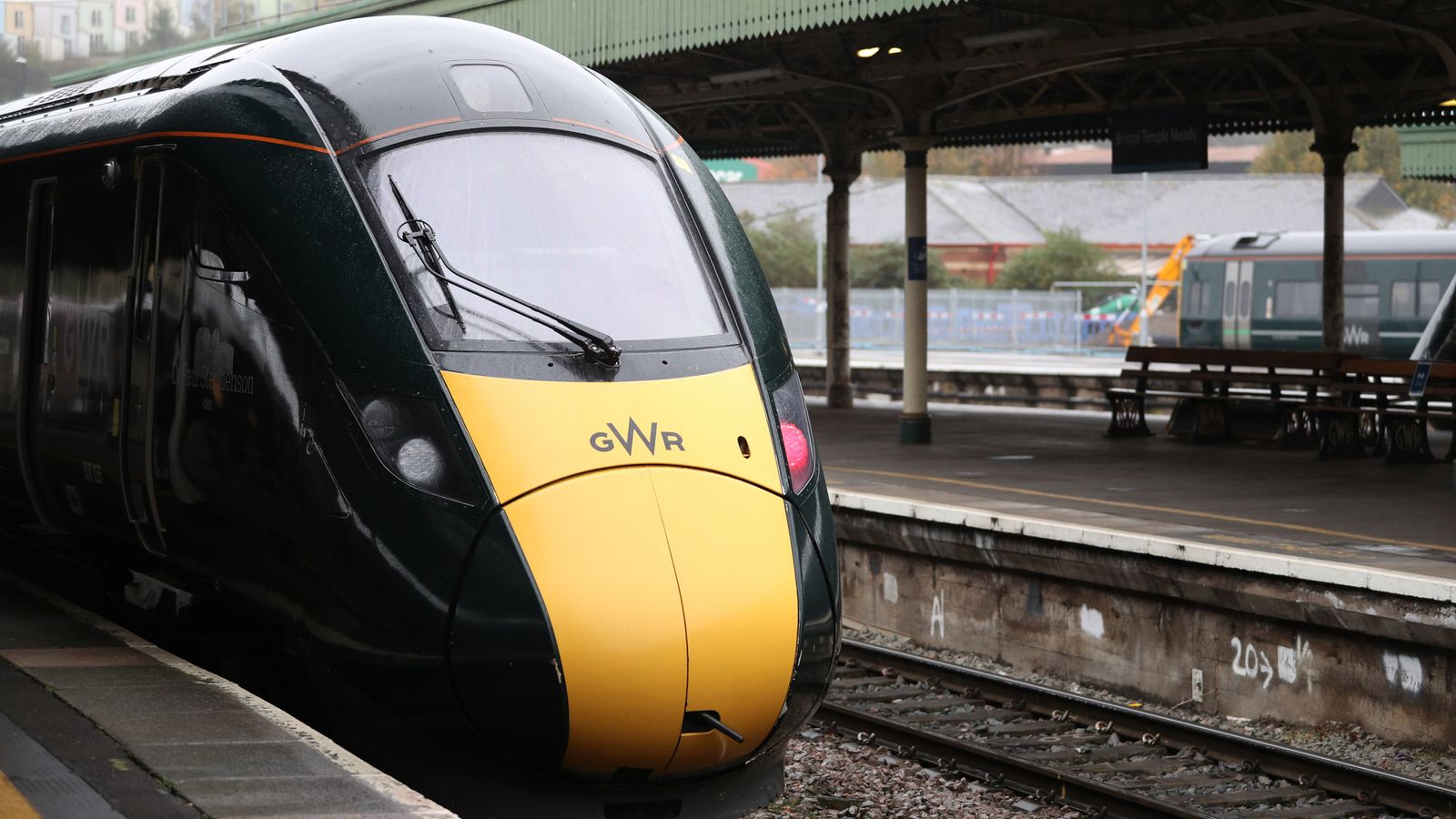Trains removed from service after cracks were found can go back into operation – but delays are set to continue until at least next week.
Parts of the rail network have been badly disrupted since the problem was discovered five days ago, but tests have found there is no safety risk.
Experts have “completed rigorous tests and research” on the high-speed Hitachi trains to get a “clearer understanding of the cracking issue”, according to the the Rail Delivery Group (RDG).
It said the trains would be back on track after “thorough inspections by specialist teams”.
GWR said it would run “some additional services” on Thursday and “more consistent robust timetables” next week.
LNER is not reintroducing the trains until next week.
An industry source told the Press Association that the cracks were on lifting points that allow maintenance on the carriages and that it didn’t stop them running safely.
“Trains should begin to return to service after further inspections have been carried out, helping to safely restore the reliable and punctual services on GWR and LNER that passengers deserve,” said rail minister Chris Heaton-Harris.
He said there would be “a comprehensive daily testing regime on affected trains”.
“The next step on the route back to normal service levels will be for Hitachi to present their long-term repair plan for the fleet. We expect to see this shortly,” he added.
Cracks found at the weekend in the chassis of some of the Hitachi Class 800 trains led to dozens being removed, causing delays in areas such as the North East and South West.
Hitachi apologised and said the trains were being withdrawn as a precaution.
HM Chief Inspector of Railways Ian Prosser said on Thursday that there would be “rigorous oversight” to ensure “the right checks are being carried out”.






















